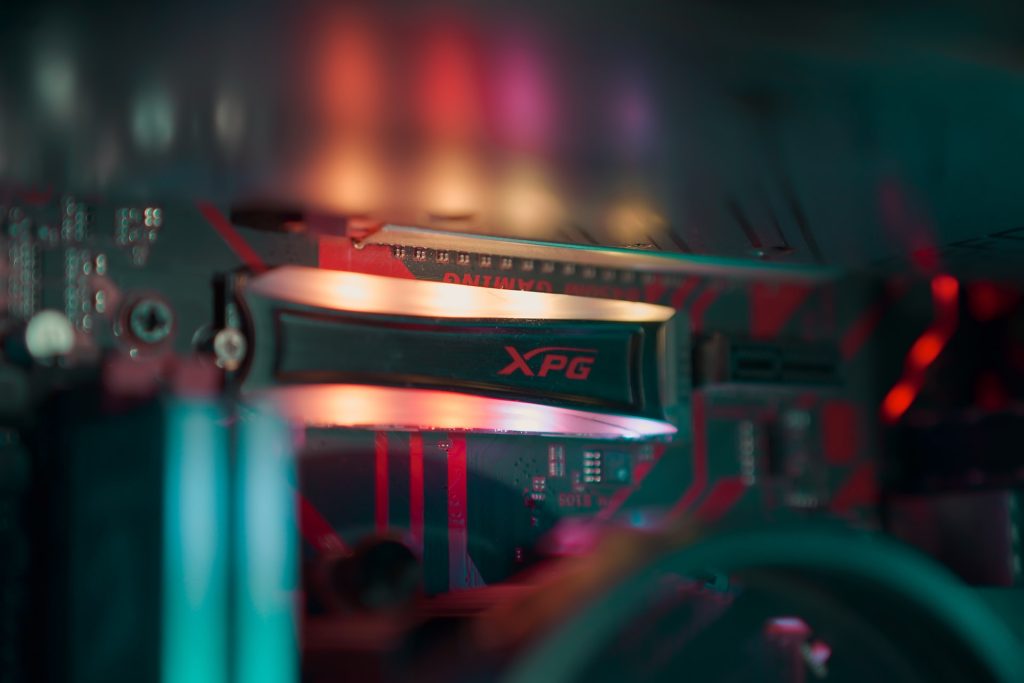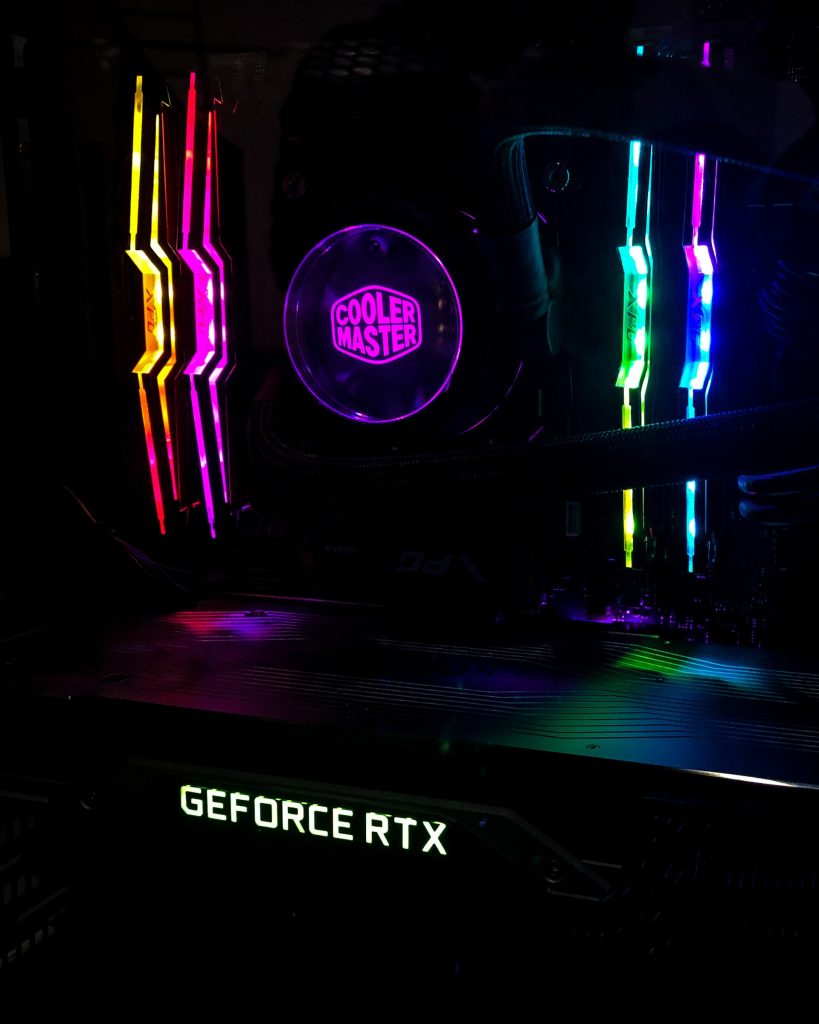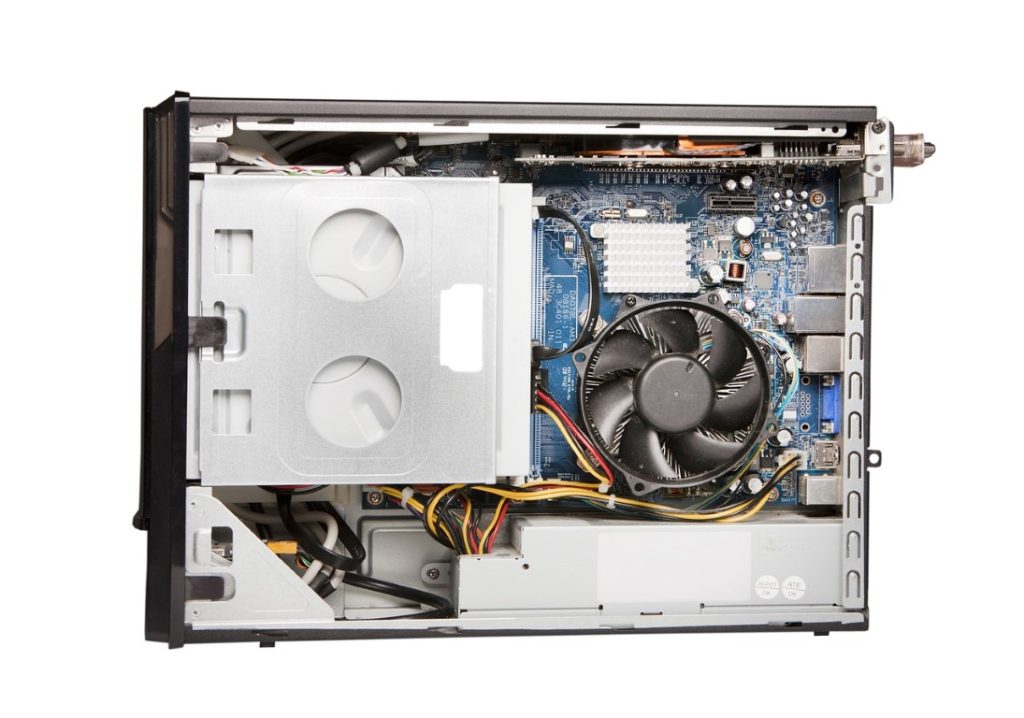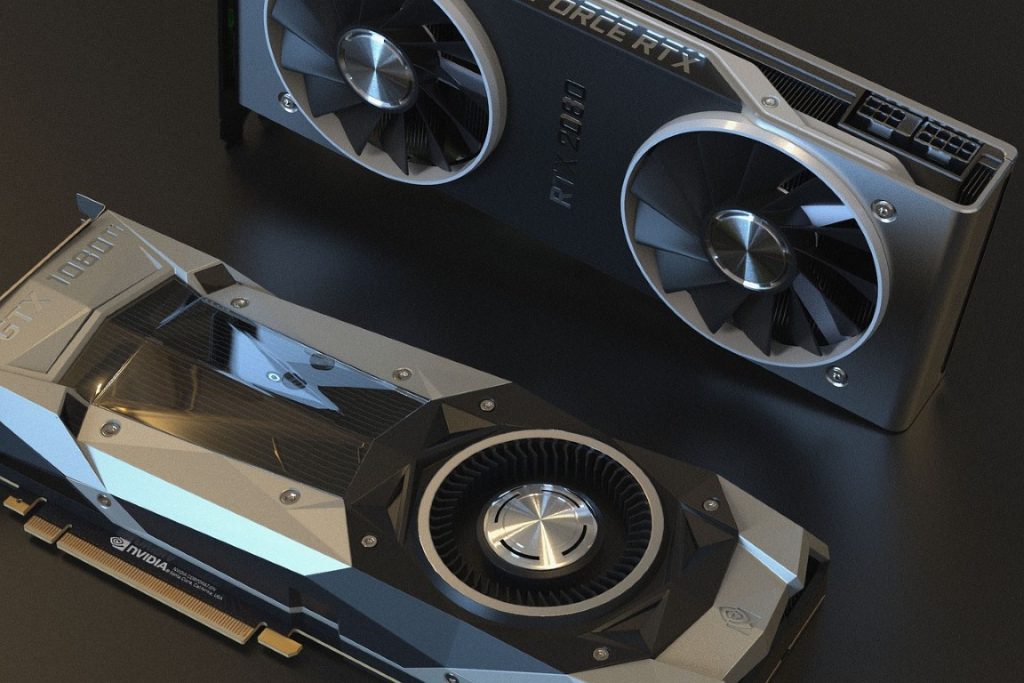- Introduction
- What is a graphic card?
- What does a graphics card do?
- Benefits of resetting a graphics card
- What Causes Graphics Card Issues?
- How to Reset a Graphics Card
- Common Troubleshooting Tips for graphic cards
- Cleaning Your Graphics Card
- Software and Driver Updates for graphics cards
- Conclusion: Resetting your graphics cards can be good for a couple of reasons
Introduction
Resetting a graphics card can be a useful troubleshooting step if you’re experiencing issues with your graphics card or computer. It can also be a good way to get your graphics card back to its default settings if you’ve overclocked it or made other changes that have caused problems.
We will take a look at pretty much every aspect of graphics cards. From what they are, what they do, to even how to reset them when they’re giving you issues. In our guide today, find out everything you could need to know about them and how to fix them.
What is a graphic card?
A graphics card, or video card, is an essential computer hardware component. It helps the processor display images and videos on the monitor. Graphics cards generate the visuals you see on your screen when playing games, watching movies, and doing other activities.
The graphics card converts digital information into visual signals that monitors or projectors can interpret. It processes data from applications such as video games, web browsers, and media players to render images in high resolution and detail. Additionally, it improves output quality for 3D applications by increasing frames per second (FPS). To get the best performance out of your computer’s graphics capabilities, you must ensure that your graphics card is properly functioning. If it’s not working correctly, it could lead to graphical artifacts or stuttering issues while playing games or using certain software programs.
What does a graphics card do?
This is a very important piece of your computer for a couple of reasons, especially if you use your computer for gaming or video editing. The more powerful the graphics card, the more it can handle these tasks more efficiently and provide a better overall experience.
Sometimes they are also called GPUs, and their memory (called VRAM) is specifically designed to handle graphics-related tasks. It is usually connected to the computer’s motherboard via a PCI-Express (PCIe) slot.

There are many different graphics cards available, ranging from low-end cards suitable for basic tasks such as web browsing and word processing to high-end cards designed for more demanding tasks such as gaming or video editing. The type of graphics card you need will depend on your specific needs and the work you’ll be doing on your computer.
Benefits of resetting a graphics card
- Improved performance: Resetting a graphics card can help improve its performance if you’ve made changes that have caused it to run less efficiently. This can be especially useful if you’ve overclocked the card and are experiencing stability issues.
- Resolved issues: Resetting a graphics card can also help resolve graphical glitches, screen tearing, or other problems that incorrect settings or driver issues may cause.
- Improved stability: By returning the graphics card to its default settings, you can improve its stability and reduce the chances of it crashing or causing other problems.
What Causes Graphics Card Issues?
Graphics card issues can be extremely frustrating, and if you’ve been experiencing graphics card issues, you are likely looking for a solution. Whether your computer is failing to recognize your graphics card or it’s not performing as expected, there are several common causes of graphics card issues that you should consider. In this article, we’ll discuss the main causes of graphics card problems and provide tips on resetting your graphics card to get it back up and running smoothly.
One of the leading causes of graphics card issues is outdated drivers. Graphics cards require regular driver updates to keep up with new software releases and security patches. If your drivers aren’t fully updated, it could cause conflicts between hardware components and serious performance problems when using heavy graphic applications or games.
How to Reset a Graphics Card
Resetting a graphics card is important to ensure optimal performance when gaming or using video-intensive applications. If your computer is running slower than usual or you’re experiencing any glitches while playing games, resetting the graphics card can help. Here’s how to reset a graphics card in just a few steps.
First, ensure your computer is powered off and unplugged from its power source. Open up the computer case and locate the graphics card on the motherboard.
Then remove it carefully by unscrewing it from its place and taking out any cables connected to it.
After that, use some compressed air or cloth to clean away any dust buildup around the graphics card components and inside of ports on your motherboard and reinsert it back securely.
Common Troubleshooting Tips for graphic cards
Are you having trouble with your graphics card? You’re not alone. Many people have problems with their graphic cards, and it can be difficult to determine the root cause of the issue. This article will discuss common troubleshooting tips for graphic cards that can help you resolve any issues you may be facing.
Start by ensuring your system meets all the hardware requirements for your graphics card. Additionally, make sure all software is up-to-date and compatible with your hardware. If these steps don’t solve the problem, try resetting your graphics card settings to default values or uninstalling the associated driver to reinstall it again fresh from official sources.

Finally, check if any third-party programs are interfering with the operation of your graphics card and disable them if necessary, so they no longer interfere.
Cleaning Your Graphics Card
Cleaning your graphics card is not only a great way to keep it running smoothly, but it can also help extend its life. If you’re having issues with your graphics card, cleaning it is often the easiest and most cost-effective solution. While there are many different methods for cleaning your graphics card, this article will explain how to reset one using the computer’s drivers and settings.
To properly reset your graphics card, you must first open up the hardware device manager on your computer. Once in this application, look for the display adapters section, which contains all the information about each part of your computer’s video output system.
From here you can select any of the devices listed under display adapters to uninstall and then reinstall their respective drivers or settings. After doing so, restart your machine and let Windows reinstall the necessary components automatically during bootup.
Software and Driver Updates for graphics cards
Software and driver updates are essential for the optimal performance of your graphics card. Keeping your graphics card up to date ensures that you have the best hardware available to deliver smooth gaming and video streaming experiences. This article will explain how to reset your graphics card to perform software and driver updates.
The first step is to identify which type of graphics card you’re using, as this will determine which process you’ll need to follow. The process is relatively straightforward if you use a dedicated GPU, such as an AMD or NVIDIA. To begin, download the latest update from the manufacturer’s website, then launch it and follow its instructions until the installation is complete.

For integrated GPUs, such as Intel HD Graphics or AMD APUs, downloading new drivers directly from their respective websites can benefit performance improvements and compatibility with other hardware components.
Conclusion: Resetting your graphics cards can be good for a couple of reasons
Resetting your graphics card can be good for a couple of reasons. In this article, we looked at how to reset a graphics card to improve its performance and extend its lifespan. The process involves uninstalling the driver, restarting the system, and reinstalling the driver. This can be done through Device Manager or by downloading an updated driver version from the manufacturer’s website.
Resetting your graphics card is beneficial because it helps improve video game performance and prevents your computer from crashing due to outdated drivers. Additionally, resetting your graphics card can help reduce heat levels which helps minimize any potential damage caused by overheating. Not only does this prolong its lifespan, but it also keeps it running smoothly for longer periods.

